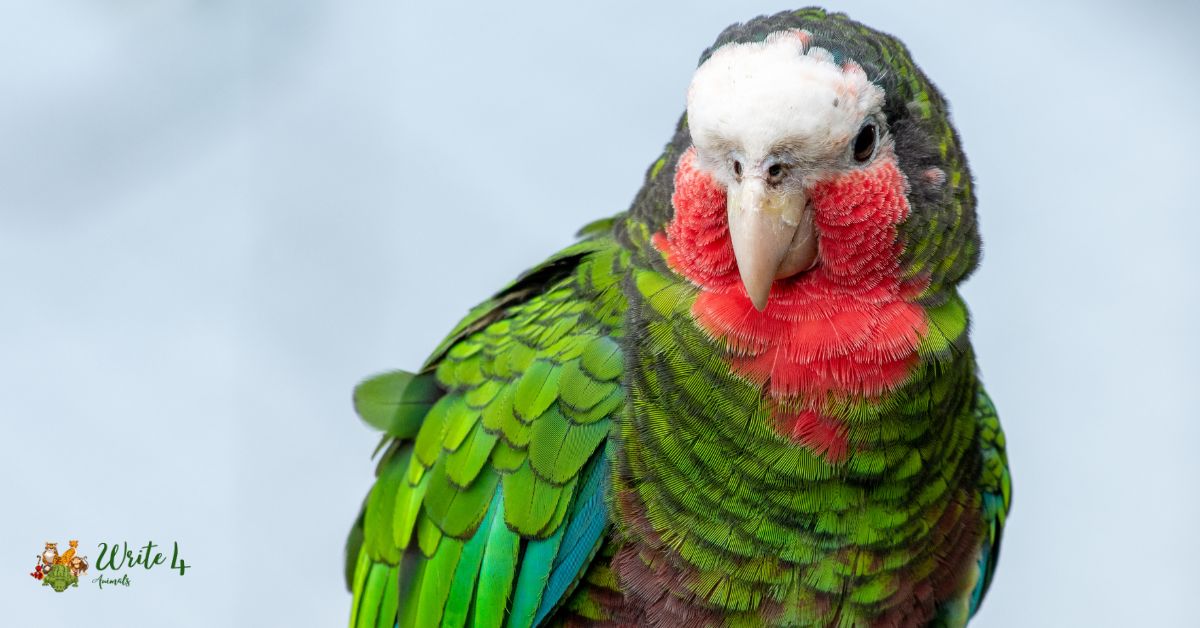Cuba, the vibrant Caribbean island known for its rich culture, stunning landscapes, and fascinating history, is also home to a diverse array of wildlife. From colorful birds to unique amphibians, Cuba boasts an abundance of fascinating creatures that capture the imagination of nature enthusiasts and wildlife lovers alike.
In this blog post, we’ll take a closer look at the top 10 animals in Cuba, showcasing the island’s extraordinary biodiversity and the importance of conservation efforts to protect these species.
10 Animals in Cuba
1. Cuban Crocodile (Crocodylus rhombifer)
One of Cuba’s most iconic reptiles, the Cuban crocodile is a formidable predator found in the island’s freshwater habitats. Known for its distinctive snout and powerful jaws, this critically endangered species faces threats from habitat loss and hunting.

Conservation initiatives are underway to protect remaining populations and ensure the survival of this unique crocodilian.
2. Cuban Solenodon (Solenodon cubanus)
Often referred to as a “living fossil,” the Cuban solenodon is a rare and elusive insectivore endemic to Cuba. With its long snout and venomous saliva, this small mammal represents a fascinating example of evolutionary adaptation.

Habitat destruction and predation by introduced species pose significant challenges to the survival of the Cuban solenodon, making conservation efforts crucial for its protection.
3. Cuban Hutia (Capromys pilorides)
The Cuban hutia, a large rodent species native to Cuba, inhabits forests and scrublands across the island. With its stout body and distinctive appearance, the hutia plays a vital role in ecosystem dynamics as a seed disperser and herbivore.

While once hunted for food, efforts are underway to conserve this unique mammal and safeguard its habitats from human encroachment.
4. Cuban Tody (Todus multicolor)
Renowned for its vibrant plumage and diminutive size, the Cuban tody is a colorful bird species endemic to Cuba. Found in forests and woodlands, this charismatic bird feeds primarily on insects and small invertebrates.

Despite its small size, the Cuban tody holds a special place in Cuban folklore and conservation efforts aim to protect its forest habitats from deforestation and habitat fragmentation.
5. Cuban Parrot (Amazona leucocephala)
The Cuban parrot, also known as the Cuban amazon, is a striking bird species distinguished by its green plumage and white head. Endemic to Cuba, this parrot inhabits a variety of habitats, including forests, savannas, and urban areas.

Threatened by habitat loss and illegal trapping for the pet trade, conservation initiatives focus on habitat restoration and captive breeding programs to bolster wild populations.
6. Cuban Tree Frog (Osteopilus septentrionalis)
An introduced species in Cuba, the Cuban tree frog is a nocturnal amphibian known for its large size and distinctive call. Originally native to nearby Caribbean islands, this adaptable frog has established populations in Cuba’s urban and rural environments.

While considered a nuisance in some areas due to its invasive nature, the Cuban tree frog serves as an important indicator of ecosystem health and biodiversity.
7. Cuban Boa (Chilabothrus angulifer)
The Cuban boa, a non-venomous constrictor endemic to Cuba, is one of the largest snake species found on the island. With its impressive size and cryptic coloration, this apex predator plays a crucial role in controlling rodent populations and maintaining ecological balance.

Despite facing habitat loss and persecution by humans, conservation efforts aim to raise awareness about the importance of this keystone species in Cuban ecosystems.
8. Cuban Bee Hummingbird (Mellisuga helenae)
The Cuban bee hummingbird holds the distinction of being the world’s smallest bird species, with males measuring just over two inches in length. Endemic to Cuba, this tiny hummingbird is renowned for its iridescent plumage and agile flight.

Threatened by habitat destruction and competition from invasive species, conservation efforts focus on preserving native flora and establishing protected areas to safeguard the Cuban bee hummingbird’s habitats.
9. Cuban Ivory-billed Woodpecker (Campephilus principalis bairdii)
Once thought to be extinct, the Cuban ivory-billed woodpecker is a critically endangered bird species native to Cuba’s forests. With its distinctive ivory-colored bill and striking plumage, this iconic woodpecker represents a symbol of Cuba’s natural heritage.

Conservation efforts aim to protect remaining forest habitats and conduct surveys to locate potential populations of this elusive bird.
10. Cuban Croaking Gecko (Aristelliger hechti)
The Cuban croaking gecko is a unique lizard species endemic to Cuba, known for its distinctive vocalizations and cryptic coloration. Found in forests, caves, and rocky habitats, this nocturnal gecko plays a vital role in controlling insect populations and contributing to ecosystem dynamics.

Threatened by habitat loss and predation by introduced species, conservation efforts focus on habitat preservation and monitoring to ensure the survival of this endemic reptile.
Recommended
